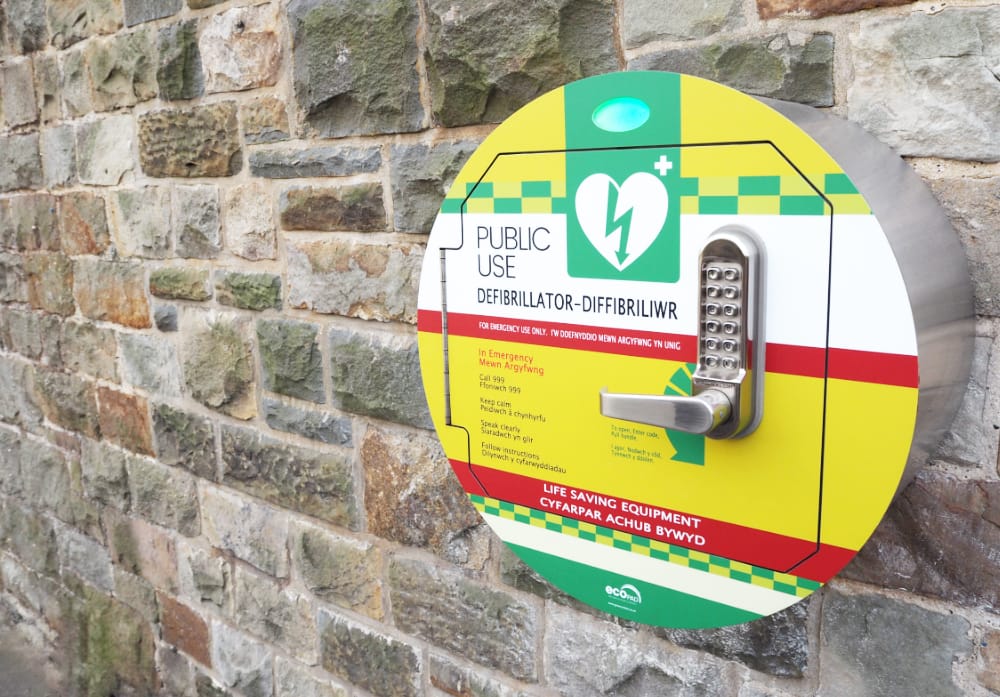First Aid – ICDs & Pacemakers
After my previous post, I received many questions about pacemakers and Implantable Cardioverter Defibrillators (ICDs). MediTec Solutions has produced a small blog post explaining what an ICD is and what a pacemaker is. Unfortunately, it is very common for a pacemaker to be called an ICD and vice versa, however they are not the same thing.
Pacemakers
A pacemaker is what it says on the tin, a small device that helps keep the heart in time. If the heart is not in time you fail to circulate blood around the body effectively. A bit like trying to walk in a straight line moving just your right leg and keeping your left leg fixed to the floor… you just go round in a circle and make no progress.
If you were to look at a pacemaker it would be approximately the same size as a box of matches. These devices are implanted into the patient’s abdomen or chest and when looked at they have a distinctive shape of a match box. A pacemaker consists of a small circuit board which provides an electrical pulse, a small cell of stored energy (a battery) and some pacing leads… basically, some wires that are attached to the heart. When a pacemaker is first attached to the heart the electrical pulses are set to a fixed rate known as a (pacing rate).
Pacemakers are much more complex than those from years past. Not only do they keep the heart in time, they also account for the bodies demands and will adjust the pace of the heart if it’s running too slow (bradycardia), too fast (tachycardia) or if the electrical impulses become randomised causing the heart to flutter. If the heart is beating as it normally should, the pacemaker will send no electrical pulse through the pacing leads and as a result retains stored power for longer.
ICD
Some patients may have ICDs fitted in their abdomen or chest. ICDs are a fantastic device; they are a small defibrillator that is implanted in the patient. They are almost the same size as a pacemaker, however provide a much larger shock. This shock stops the heart in the hope that when the heart starts to beat again; it will be in time. These devices are very expensive and as a result are given to patients with a high risk of cardiac arrest.
So that’s pacemakers and ICDs in a nut shell. I hope you now know the difference between the two devices. Please leave a comment below, we would love to know what other subject areas you would like us to cover. If commenting is not your preferred choice please feel free to email.
Please follow us on Instagram, Facebook and Twitter or contact us directly here



